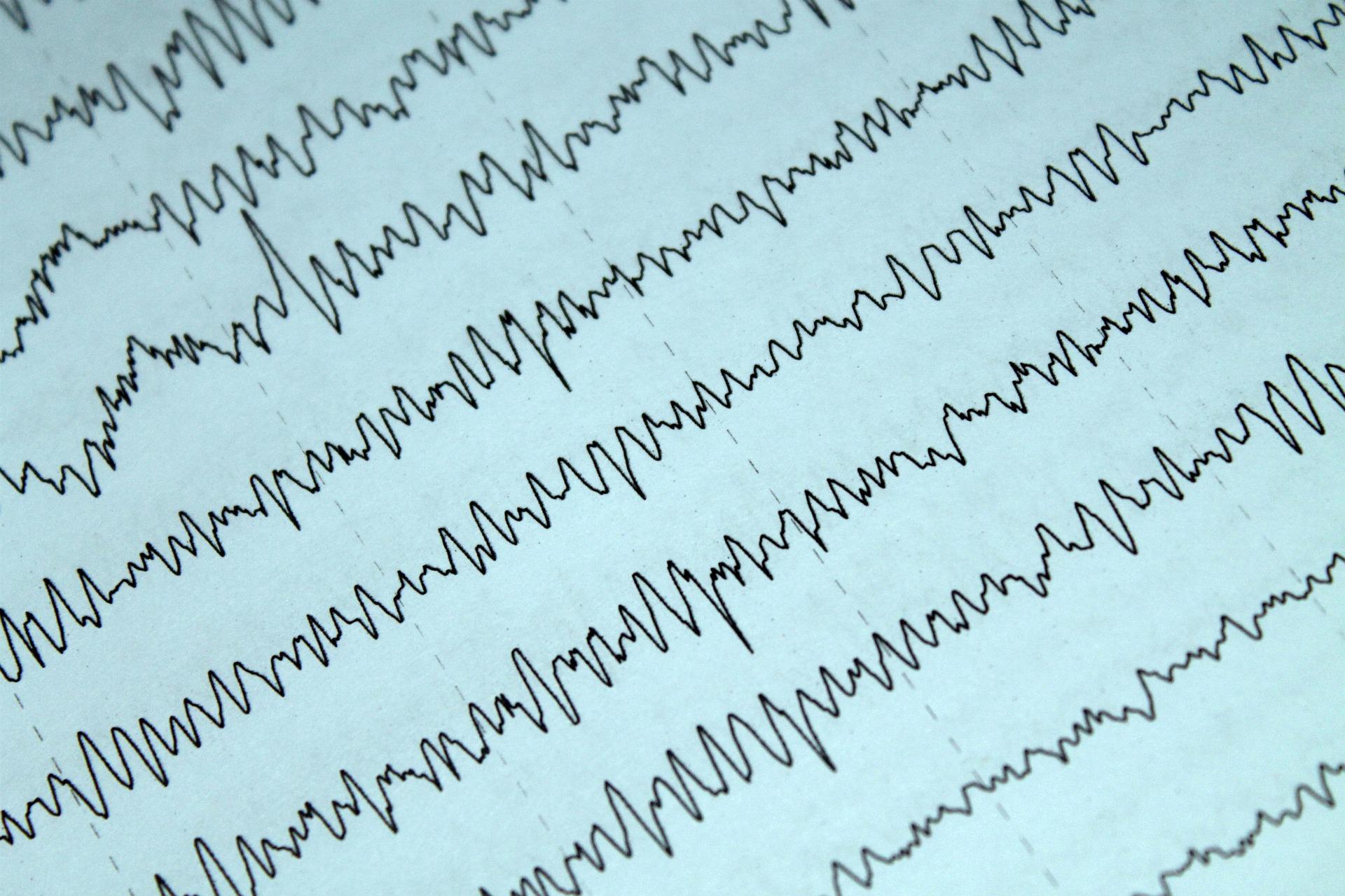

Siddharth Yamujala
Lambert High SchoolClass of 2024Suwannee, Georgia
About
Projects
- "Exploring the performance of GluNx subunit activity with neurotransmitter X and implications for epilepsy " with mentor Lucas (Oct. 10, 2023)
- "On the Misdiagnosis of Non-epileptic Seizures(NES) as Tonic-Clonic Seizures: Challenges and Recommendations" with mentor Kevin (Sept. 30, 2022)
Project Portfolio
Exploring the performance of GluNx subunit activity with neurotransmitter X and implications for epilepsy
Started June 23, 2023
Abstract or project description
Epilepsy is a neurological disorder that afflicts many patients gloablly. While some hypotheses have posited the molecular origins of epilepsy, the precise mechanisms are still elusive. The GluNx protein subunit has been implicated in epilepsy, and also has been shown to exhibit age-dependent expression. Here, we explore the role of GluNx subunit identity on the performance of a neurotransmitter, which has been shown to have age-dependent performance in the clinical. Using molecular dynamics simulations, the affinity of GluNx subunits to the neurotransmitter reveals the potential implications
Project Portfolio
On the Misdiagnosis of Non-epileptic Seizures(NES) as Tonic-Clonic Seizures: Challenges and Recommendations
Started June 22, 2022

Abstract or project description
Many seizures are a result of epilepsy(and are termed tonic-clonic seizures). In contrast, other episodes, known as non-epileptic seizures(NES), are not caused by abnormal electrical signals in the brain and are, therefore, not a direct cause of epilepsy; however, non-epileptic seizures are commonly misdiagnosed as tonic-clonic seizures. The misdiagnosis of non-epileptic seizures can result in the inapt use of antiepileptic drugs, which have no beneficial effect for people with NES and are commonly used to prevent further epilepsy-induced seizures, leading to the high risk of side effects and the unnecessary payment for these expensive medications. Other consequences of misdiagnosis include limitations on education and employment prospects, the underlying condition going unrecognized and untreated, and a decline in the quality of life of the subject. Although an electroencephalogram(EEG) can be utilized to detect if a convulsion is a result of epilepsy, the test is not entirely accurate and can all the same result in misdiagnosis and its subsequent consequences. It is vital that the EEG is improved to avoid the negative ramifications of the misdiagnosis of NES as tonic-clonic seizures. In this paper, significant flaws with the EEG and other tests used to diagnose tonic-clonic seizures are addressed and characterized in terms of their specificity and sensitivity, and methods to reduce unnecessary brain waves in brain mapping and neuroimaging such as sedation are proposed with respect to the Cocktail Problem. Furthermore, auxiliary solutions such as making alterations in the placements of electrodes from the conventional method(10/20 system) when performing an EEG as well as alternate tests are considered with the goal of increasing the true positive rate of the diagnosis of epilepsy.